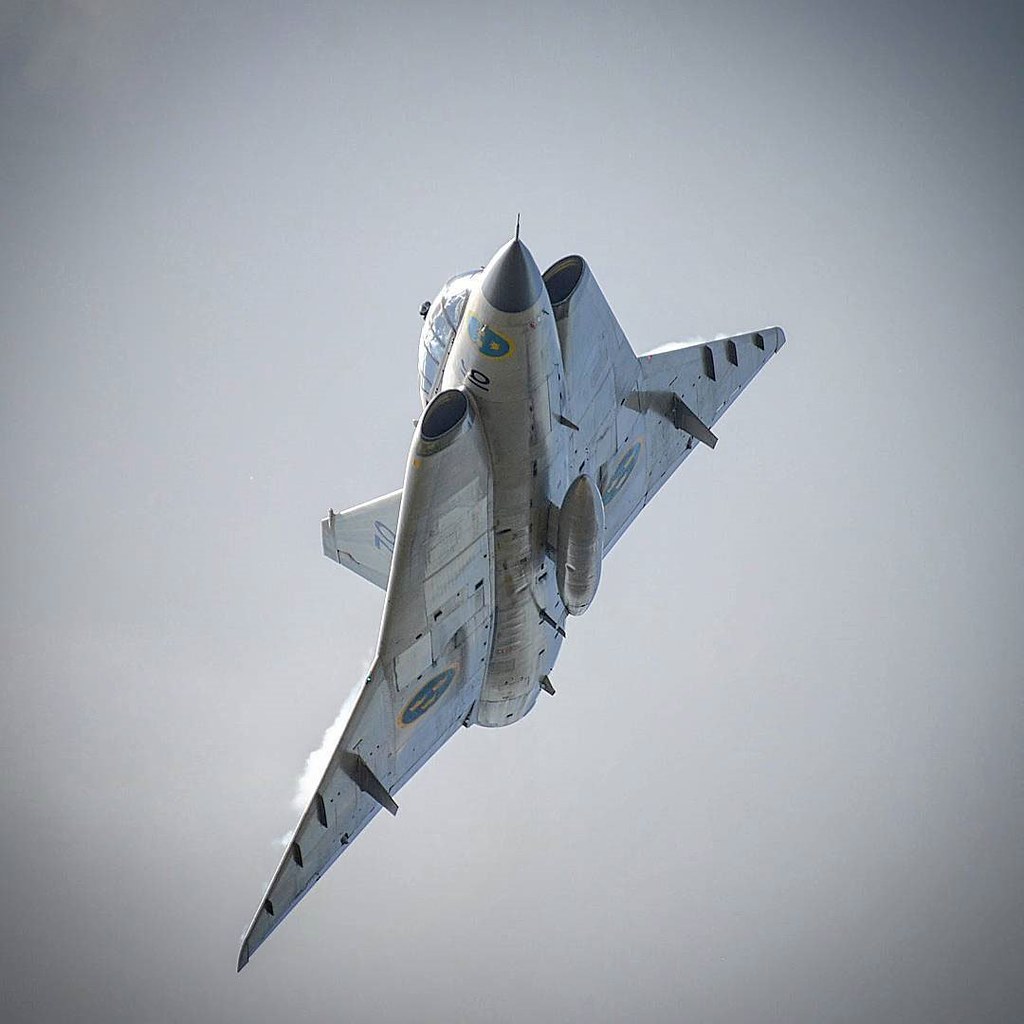
The Saab 35 Draken, developed in the 1950s, emerged as a pioneering all-weather interceptor that defined Swedish aerial defense during the Cold War.
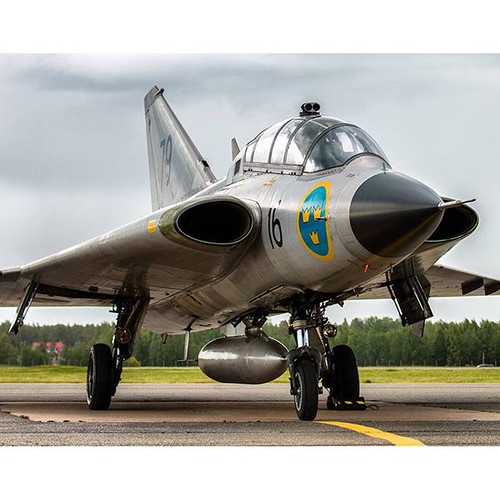
Born from the necessity to counter the Soviet threat, the Draken was Sweden’s technological marvel, boasting a unique delta wing design that enabled it to reach astounding speeds of Mach 2.
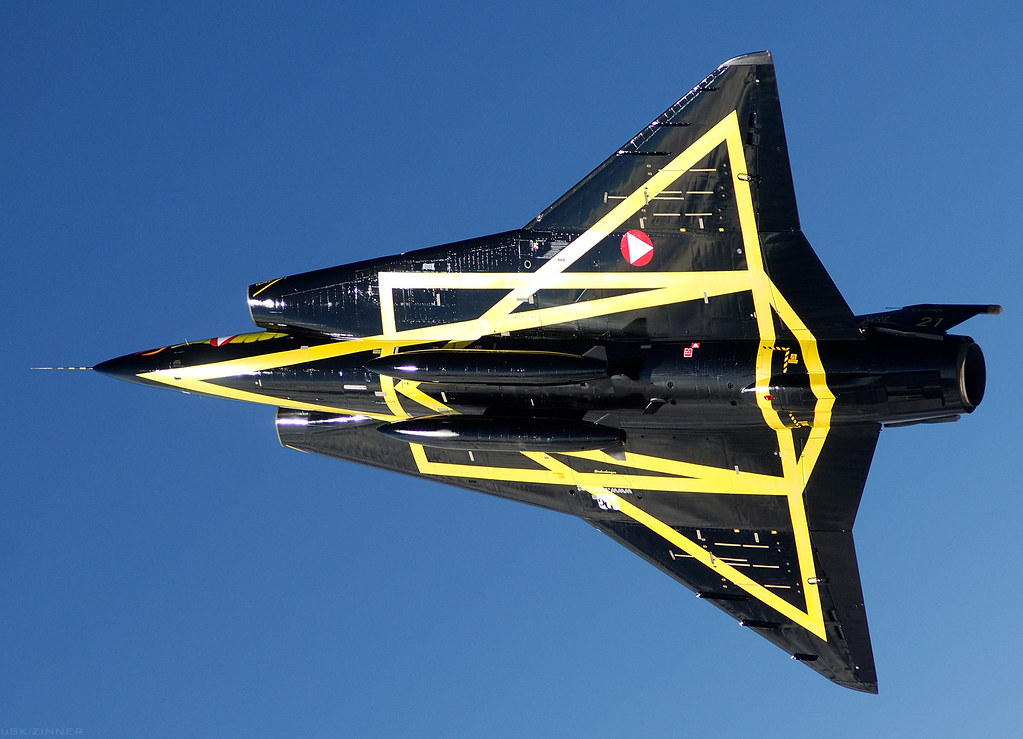
Sweden, maintaining its neutrality, found itself precariously situated between the Soviet Union and NATO. The Swedish Air Force required formidable military technology to underpin its non-alignment policy robustly.
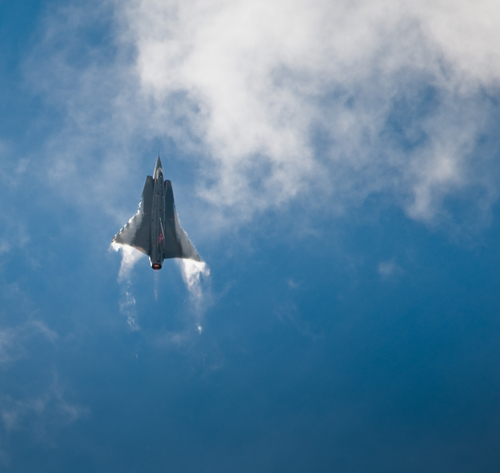
The Draken, with its extraordinary capabilities, served as the shield against any potential Soviet incursion.
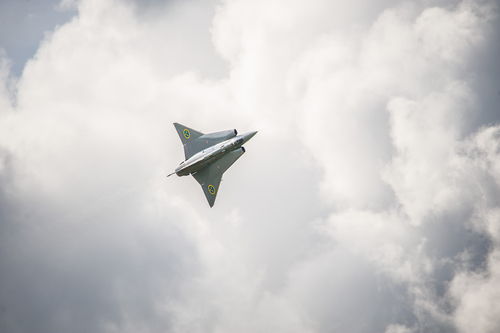
The Swedish interceptor could carry a combination of heat-seeking and radar-homing air-to-air missiles, as well as air-to-ground munitions, in six hard points. It also packed a 30mm gun (some variants had two) for close-quarters fighting.
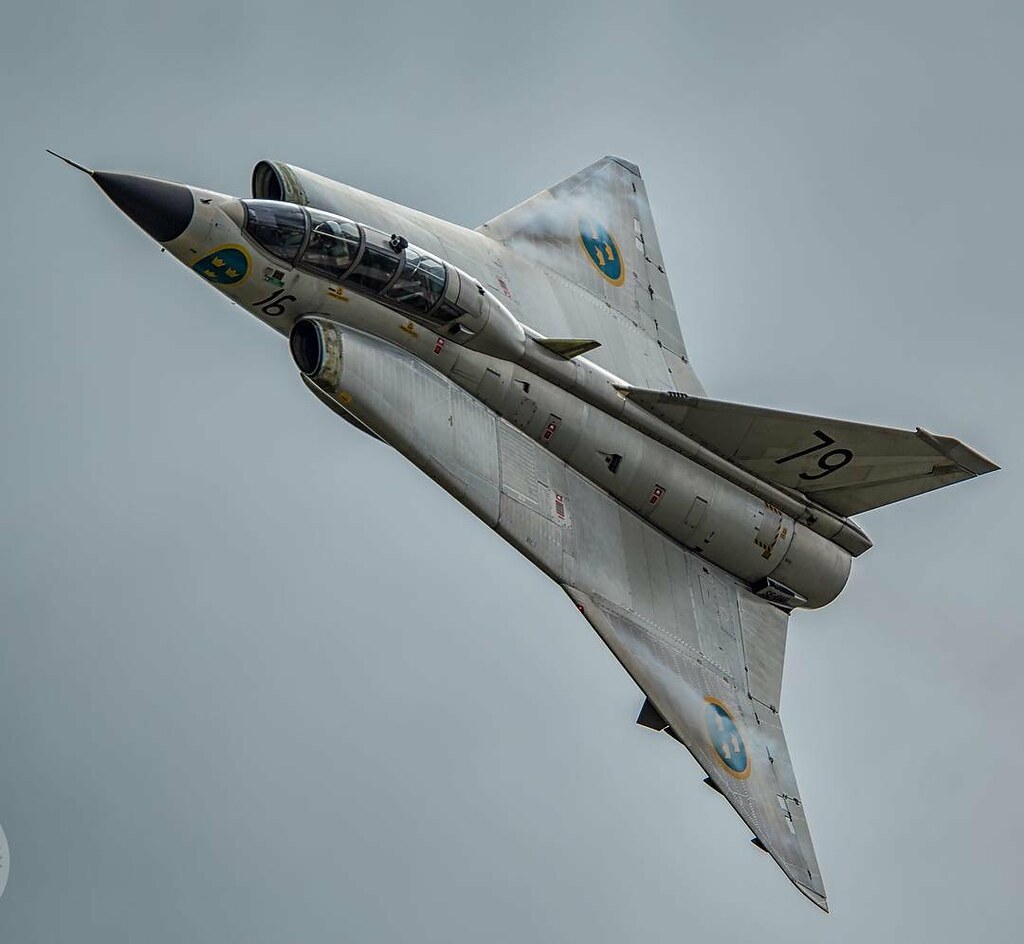
The Draken broke records right out of the gate, becoming the first Western European-constructed airframe with true supersonic capability.
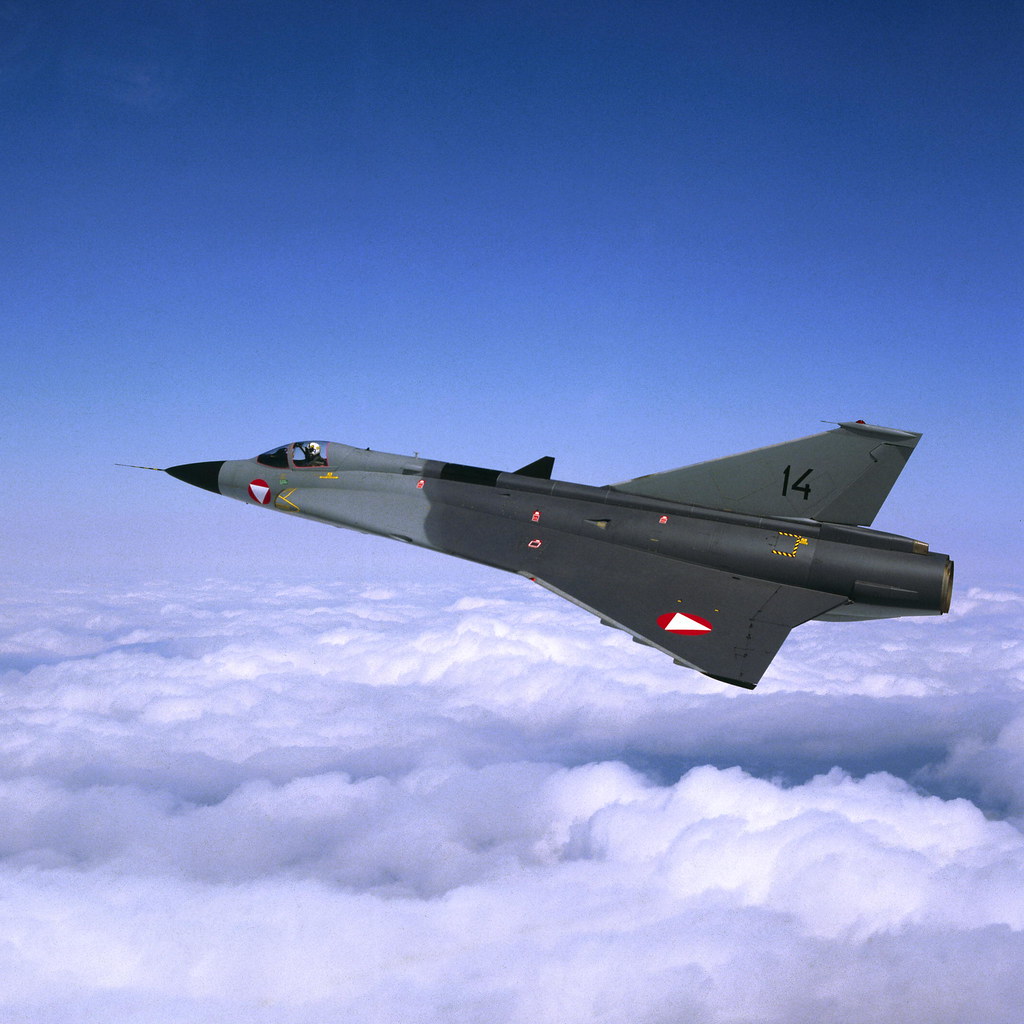
Its advanced design allowed for operations from the unique Bas-60 air base system, which comprised numerous small air bases that could leverage Sweden’s roadways for improvised runways.
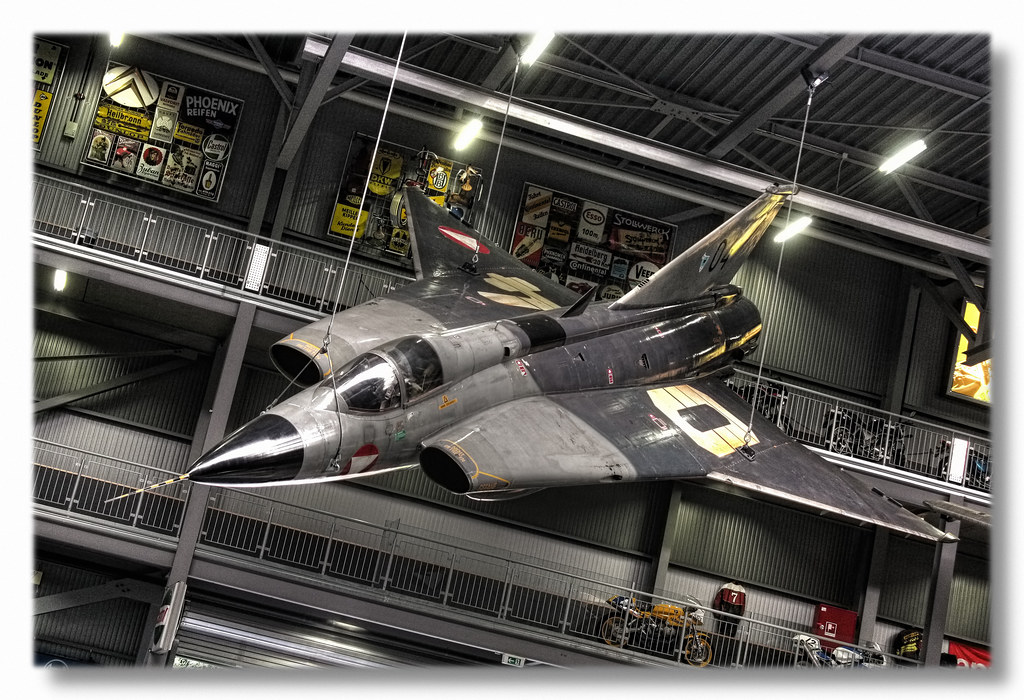
“In a 1960 test flight, a Saab 35 Draken prototype reached speeds of Mach 2 – it was one of the first fighter jets to fly at twice the speed of sound,” a record that highlighted the aircraft’s formidable performance.
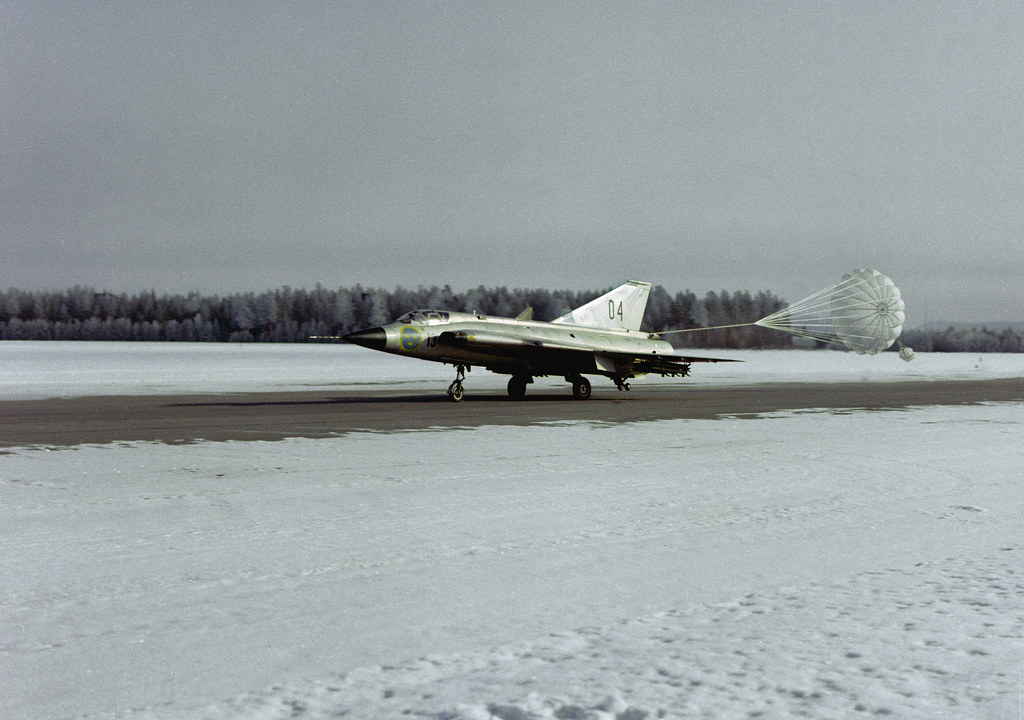
Among the Draken’s remarkable attributes was its capacity to perform the Cobra maneuver. This aerial tactic, where a pilot abruptly slows the aircraft and pitches the nose vertically, causes an adversary to overshoot, and has been immortalized in popular culture through films like “Top Gun.”
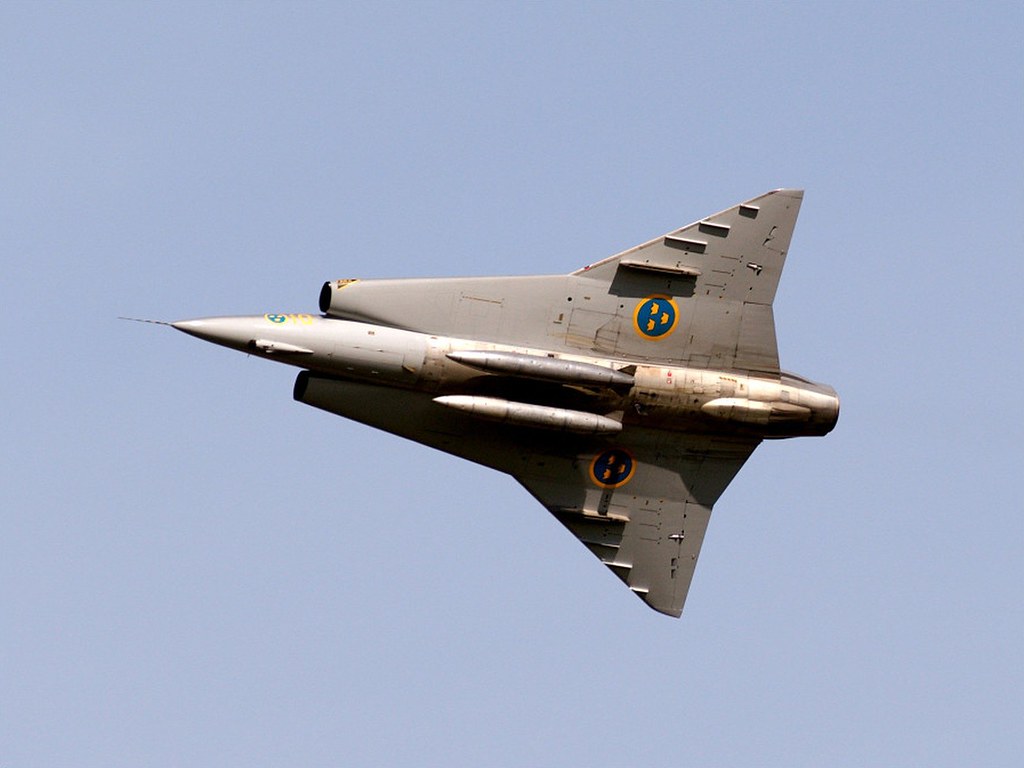
Due to the Draken’s tailless delta wing bodies, the airframe was relatively unstable. To better train its pilots to avoid super stalls while flying the airframe, the infamous cobra maneuver was invented” . This maneuver demonstrated the agility of the Draken, despite its initial design not being focused on dogfighting.

Throughout its service life, the Draken saw various configurations and updates, adapting to the evolving demands of aerial warfare.
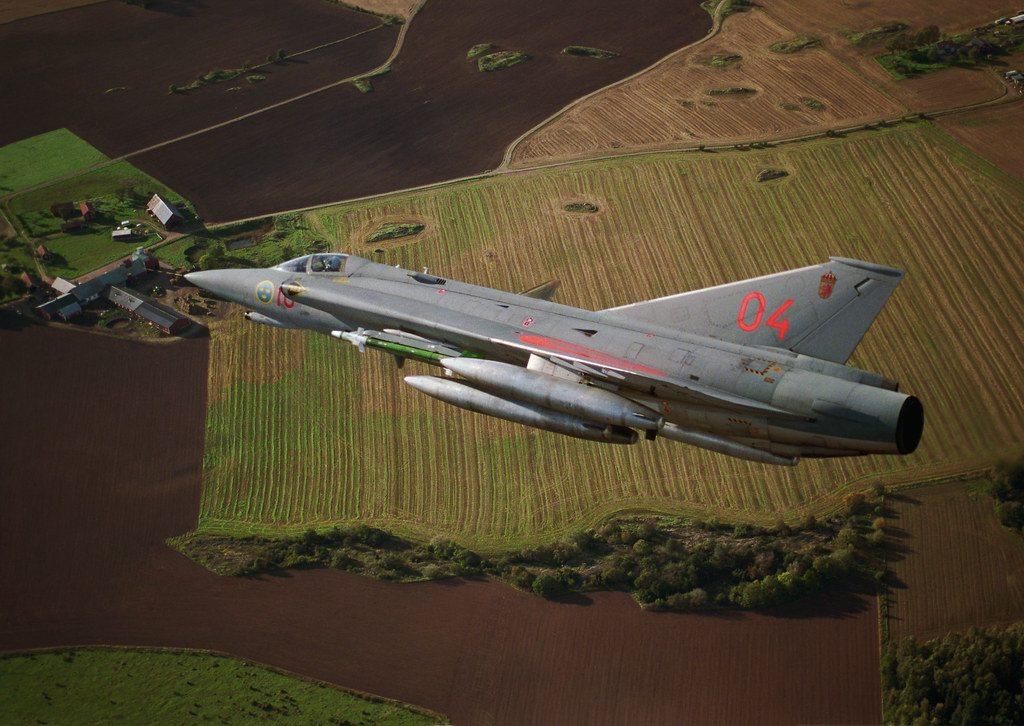
Beyond Sweden, it also served in the air forces of Austria, Denmark, and Finland. The Draken’s longevity was furthered by updates even into the 1980s, with the last operational model being the J 35J.
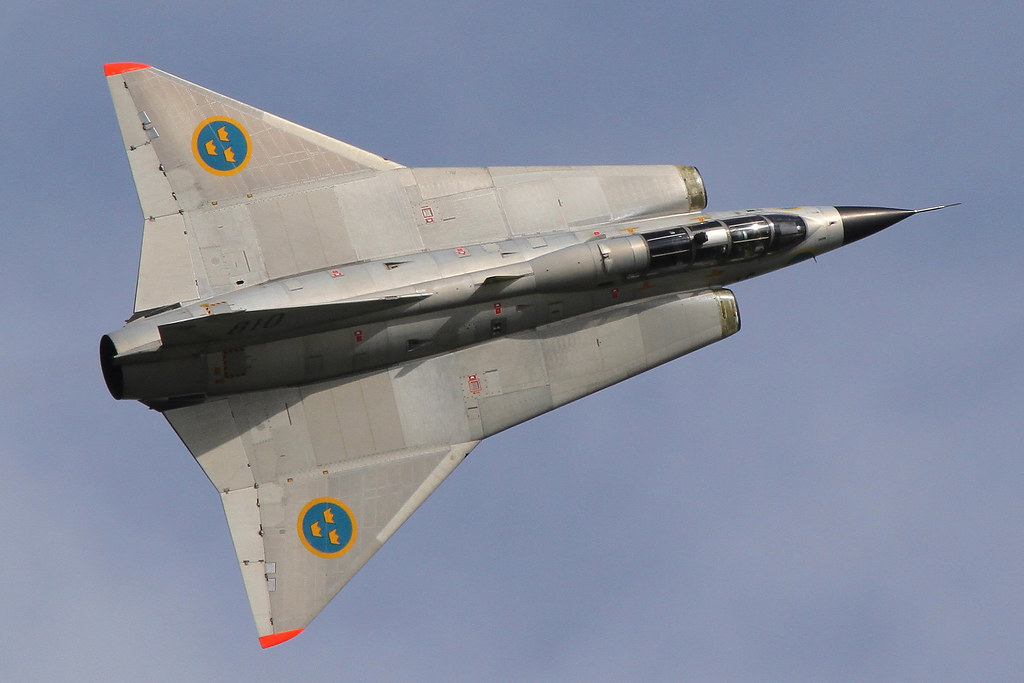
Although the Draken has been retired, its legacy endures. It paved the way for successors like the JA 37 Viggen and the JAS 39 Gripen, which continue to reflect Sweden’s commitment to a robust and independent defense capability.

“As detailed by The Aviationist, ‘In a Cobra, the plane suddenly raises the nose to the vertical position (or beyond) before dropping it back to the normal flight, maintaining more or less the same altitude through the entire maneuver,'” notes one source on the famed maneuver’s technicality.
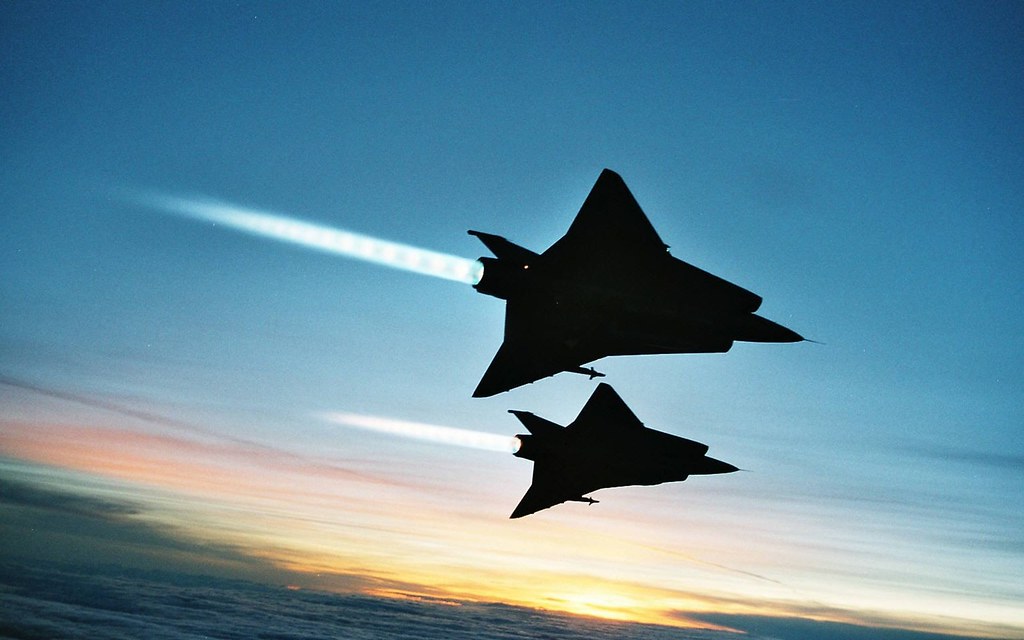
Saab produced a total of 651 Draken over the years, with the last of these airframes retiring in the early 2000s.
Relevant articles:
– Saab 35 Draken: The Mach 2 Fighter Built for a War with Russia, The National Interest
– Saab 35 Draken Fighter Was Built for a War with Russia in the Skies, The National Interest
– Saab 35 Draken, Fandom
